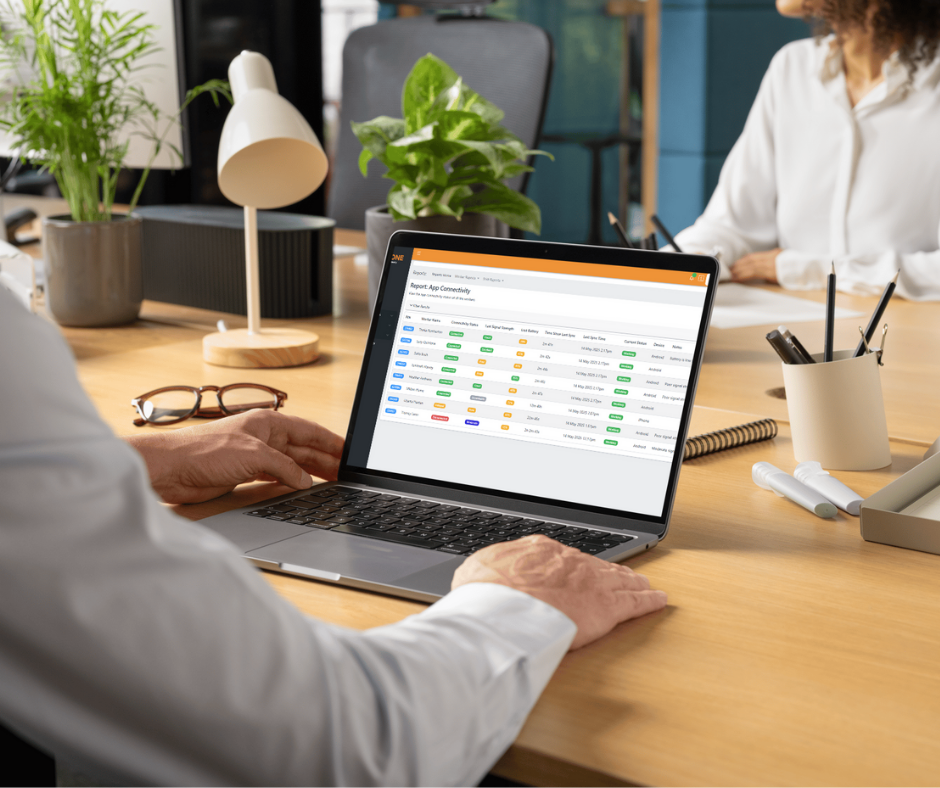No Local Lone Working Laws? You’ve still got a problem

What about areas where there is no specific Lone Worker legislation?
Lone Worker regulations are a subset of Employer Duty of Care laws. All Western countries have Duty of Care obligations. Here’s why having Ok Alone in places without lone worker laws matters.
What is a "Duty of Care"?
Everyone has a legal duty to act reasonably and avoid injuring other people. When people fail to meet this legal duty, they may be "liable" (responsible) for the harm they cause. This is a core principle of personal injury law. All employers have a Duty of Care to provide a safe work environment for their employees or they face personal injury lawsuits.
Personal Injury Law – the basis on which an injured employee will sue the employer
Primary factors to consider in ascertaining whether the employer's conduct lacks reasonable care are the foreseeable likelihood that the person's conduct will result in harm, the foreseeable severity of any harm that may ensue, and the burden of precautions to eliminate or reduce the risk of harm. Negligent conduct may consist of either an act, or an omission to act when there is a duty to do so. See Restatement (Second) of Torts § 282 (1965). ²
Best practice guidelines for your Duty of Care
Each workplace should have agreed best practice guidelines in place regarding how to undertake certain tasks, for example operating machinery, administering treatment, or dealing with violent situations. These guidelines should enable staff to work safely and effectively. Best practice is determined by the work procedures of the company and industry standards. Many sectors use lone worker monitoring systems, and judges will use that as the benchmark for best practice. If your organization faces a personal injury case, you will want to show you are exercising Best Practice.
Best practice for Lone Worker Identification
If your organization goes to trial, and the worker was alone, they will be asked to demonstrate Lone Worker Identification Best Practice. The first step is identifying who is a lone worker by answering these 4 questions.
- Are there other people in the vicinity?
- Are those people aware your workers have a problem?
- Are they willing to provide assistance and have the skills to do so?
- Are they able to provide assistance in a timely manner?
If the answer is No to any of these four questions, your plan is not demonstrating Best Practice and your liability increases. The “They'll call if there's a problem” approach does not show you know who your lone workers are and therefore what steps you need to be taking to reduce the employer’s risks, damages & liabilities.
How Ok Alone Lowers Key Risk Factors/Damages/Liabilities
Risk Improvement
- Distracted Driving – Ok Alone has hands free operation through Siri, Google Assistant and Alexa– hands free, automated check-ins.
- Lack of safety programs - Ok Alone is an easy first step for organizations without a lone worker safety plan. It includes an employee safety engagement system that rewards top performers.
- Claim Severity/Likelihood of litigation – The Ok Alone alerts do not require worker action to activate. The system will send for help even when a person is unconscious. There are 3 modes – missed regular check-ins, missed high-risk check-ins or Man-Down alarms – that get help sooner, and limit unnecessary damages.
- Data Collection for Risk Assessment – User data from Ok Alone can be fed into Machine Learning models to improve their performance. This is especially helpful for insurance purposes.
Frequency
- Workplace Violence – Ok Alone has a Help/Panic alarm built into it. This acts as a deterrent to potential abusers and is a legal requirement in some states.
Disputed Claim Reduction
- Driving history – Log files are built into Ok Alone for easy verification.
- Worker location logging – Ok Alone uses a phone's GPS to verify a worker is in the correct place, at the correct time.
Claim Cost
- Poor incident reporting/documentation – Each time an incident occurs, Safety professionals can enter detailed notes into the log files. These notes are linked to the incident for easy reference.
- Safety policies do not get followed in a crisis – Ok Alone has a convenient template for writing company and individual level Escalation Procedures. The written procedures ensure necessary information is in one place and followed in the event of an emergency.
- Vicarious Liability/Negligence – Claims can arise in or outside a vehicle. Ok Alone can monitor both, thus demonstrating a duty of care throughout the work day.
Summary
Workers trying to remember to call in during a shift does not meet the requirements of any lone worker legislation (i.e. timed check-ins and help buttons). In places where no specific lone worker laws exist, the employer still has Duty of Care obligations. The employer must show they are taking all reasonable steps necessary to provide a safe work environment. Implementing the latest Best Practices for your Duty of Care and Lone Workers is the most compelling way to do this and it comes with a very low “burden” with Ok Alone. This approach reduces risk factors, damages and overall liabilities. Understanding these implications takes the issue from operational to Board level.
Book a Demo Today
Alternatively, get a free trial of the app
Want to try OK Alone? Click the button below and enter your details. It's free and no credit card is required.





